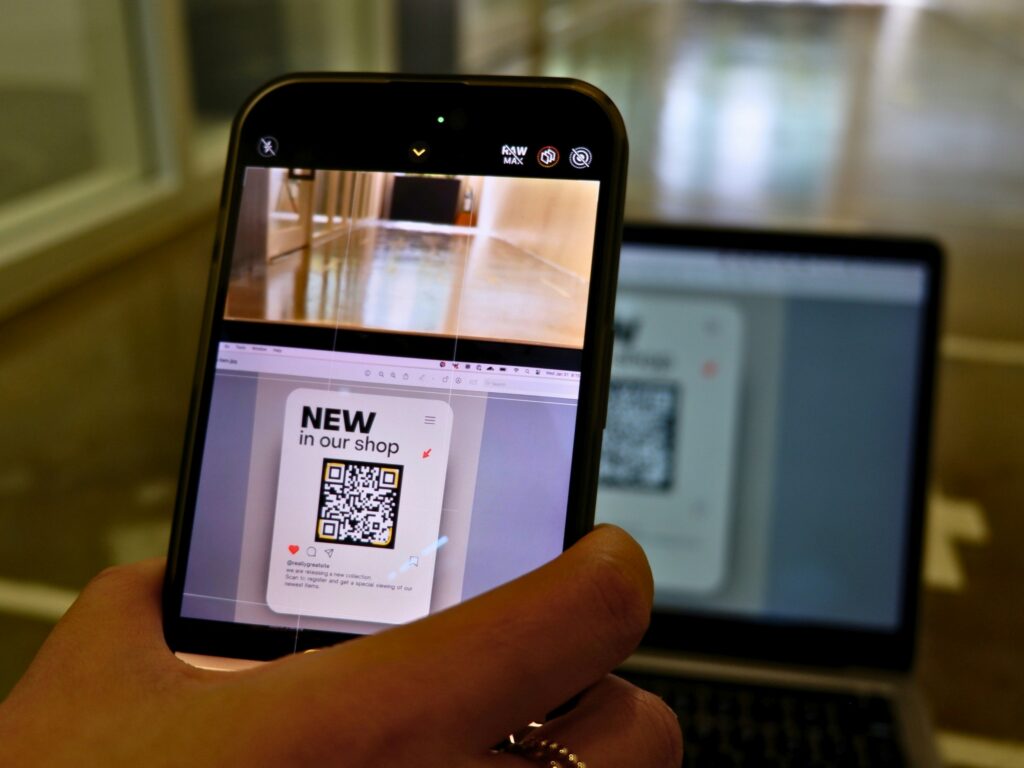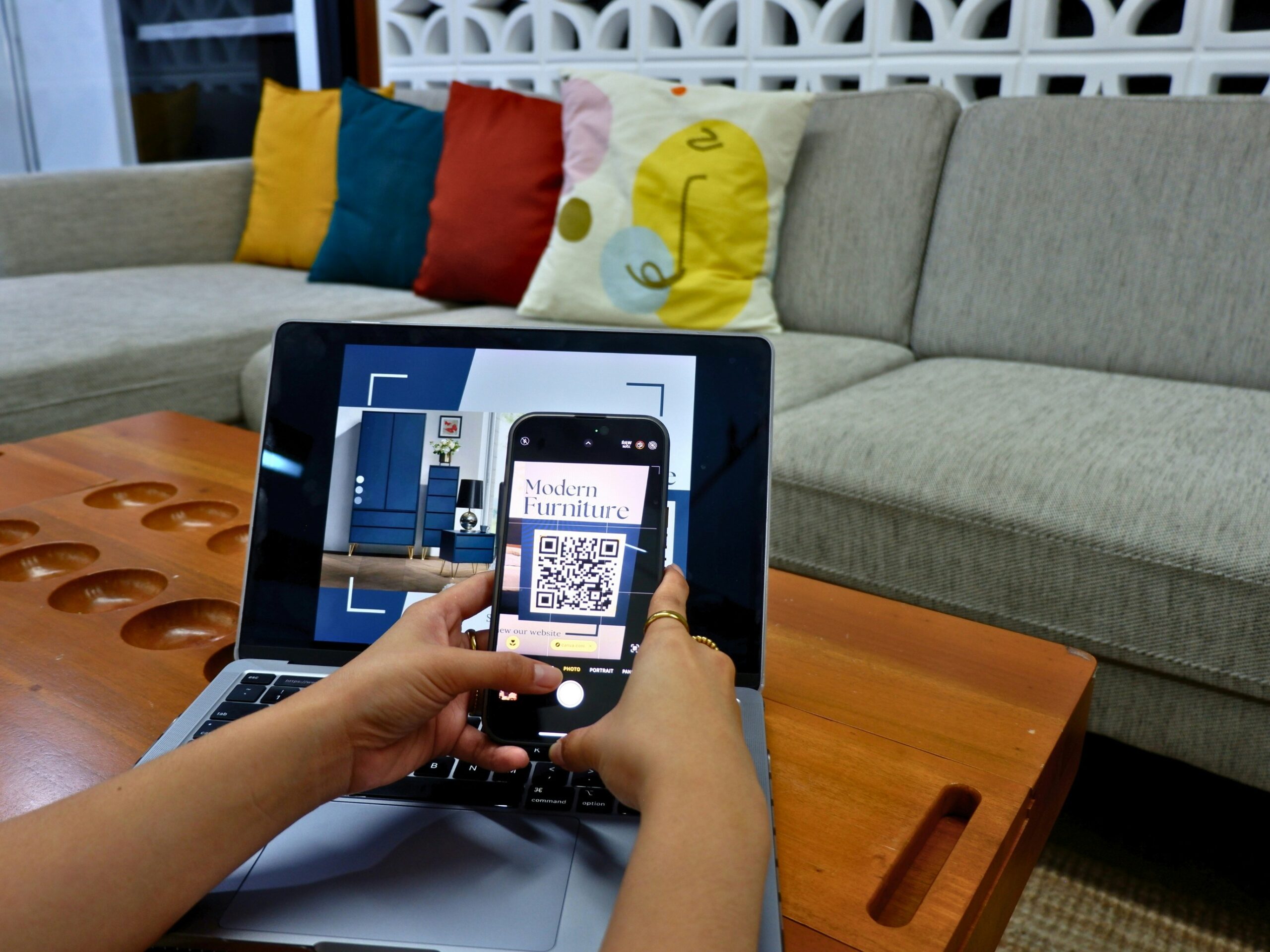In the fast-evolving landscape of digital marketing, QR code have emerged as a powerful tool for bridging the gap between offline and online engagement. QR code, short for Quick Response codes, are two-dimensional barcodes that can be scanned using a smartphone or tablet to quickly access information or perform various actions. From enhancing customer interaction to providing seamless access to digital content, QR code are transforming the way businesses connect with their audience.
The Rise of QR Codes in Digital Marketing
The resurgence of QR codes in recent years can be attributed to the widespread adoption of smartphones and the increasing demand for contactless interactions. As a result, businesses across various industries are leveraging QR codes to enhance their marketing strategies. Here are some key ways QR codes are being utilized:
Directing Traffic to Websites and Landing Pages: By embedding a URL within a QR codes, businesses can effortlessly guide consumers to their websites, product pages, or promotional landing pages. This eliminates the need for users to manually type in web addresses, thereby reducing friction and improving user experience.
Facilitating Mobile Payments: QR codes are widely used for mobile payment solutions, allowing customers to complete transactions quickly and securely. This is particularly popular in retail and hospitality sectors where speed and convenience are paramount.
Enhancing Print Media: Traditional print advertisements, brochures, and business cards can be given a digital edge by incorporating QR codes. Scanning the code can provide additional information, exclusive offers, or multimedia content, making print media more interactive and engaging.
Event Management: From concert tickets to conference registrations, QR codes streamline the check-in process, manage attendee information, and provide real-time updates. This not only enhances the attendee experience but also simplifies event logistics for organizers.
Augmenting Product Packaging: QR codes on product packaging can deliver a wealth of information, including usage instructions, ingredient lists, and promotional offers. This enriches the consumer’s interaction with the product and fosters brand loyalty.
How to Generate a QR Codes

Creating a QR code is a straightforward process, and there are numerous online tools and software available to assist with this task. Here’s a step-by-step guide on how to generate a QR code:
Choose a QR Code Generator: Select a reliable QR code generator. Some popular options include QRCode Monkey, QR Stuff, and Google’s own QR code generator.
Select the Type of Content: Decide what you want your QR codes to do. Options typically include URL, text, email, phone number, SMS, WiFi credentials, and more.
Input the Necessary Information: Enter the relevant data based on your chosen type of content. For example, if you’re creating a QR code to direct users to a website, you’ll need to input the URL.
Customize the Design: Many QR codes generators offer customization options. You can change the color, add a logo, and choose a unique pattern to align with your branding.
Generate and Test the QR Code: Once you’ve customized your QR code, generate it and ensure to test it with multiple devices to confirm it functions correctly.
Download and Deploy: After testing, download the QR codes in your preferred format (PNG, SVG, etc.) and incorporate it into your marketing materials.
Best Practices for Using QR Codes in Marketing
To maximize the effectiveness of QR code in your marketing strategy, consider the following best practices:
Ensure Accessibility: Place QR code in locations where they are easily accessible and scannable. Avoid placing them on highly reflective surfaces or areas with poor lighting.
Provide a Clear Call to Action: Accompany your QR code with a clear call to action that explains what users can expect by scanning the code. For example, “Scan to get a 20% discount!”
Track Performance: Use QR code generators that offer tracking capabilities. This will allow you to monitor scan rates, understand user behavior, and refine your campaigns accordingly.
Maintain Quality: Ensure the QR code is of high quality and can be scanned without issues. Poorly printed or blurry codes can frustrate users and deter engagement.
Conclusion:
QR code have proven to be an invaluable asset in digital marketing, offering a versatile and user-friendly way to connect with consumers. By understanding how to generate a QR code and implementing them strategically, businesses can enhance their marketing efforts, streamline customer interactions, and ultimately drive greater engagement and sales. As technology continues to advance, the potential applications of QR codes in marketing are likely to expand, making them a critical component of any comprehensive digital strategy.



